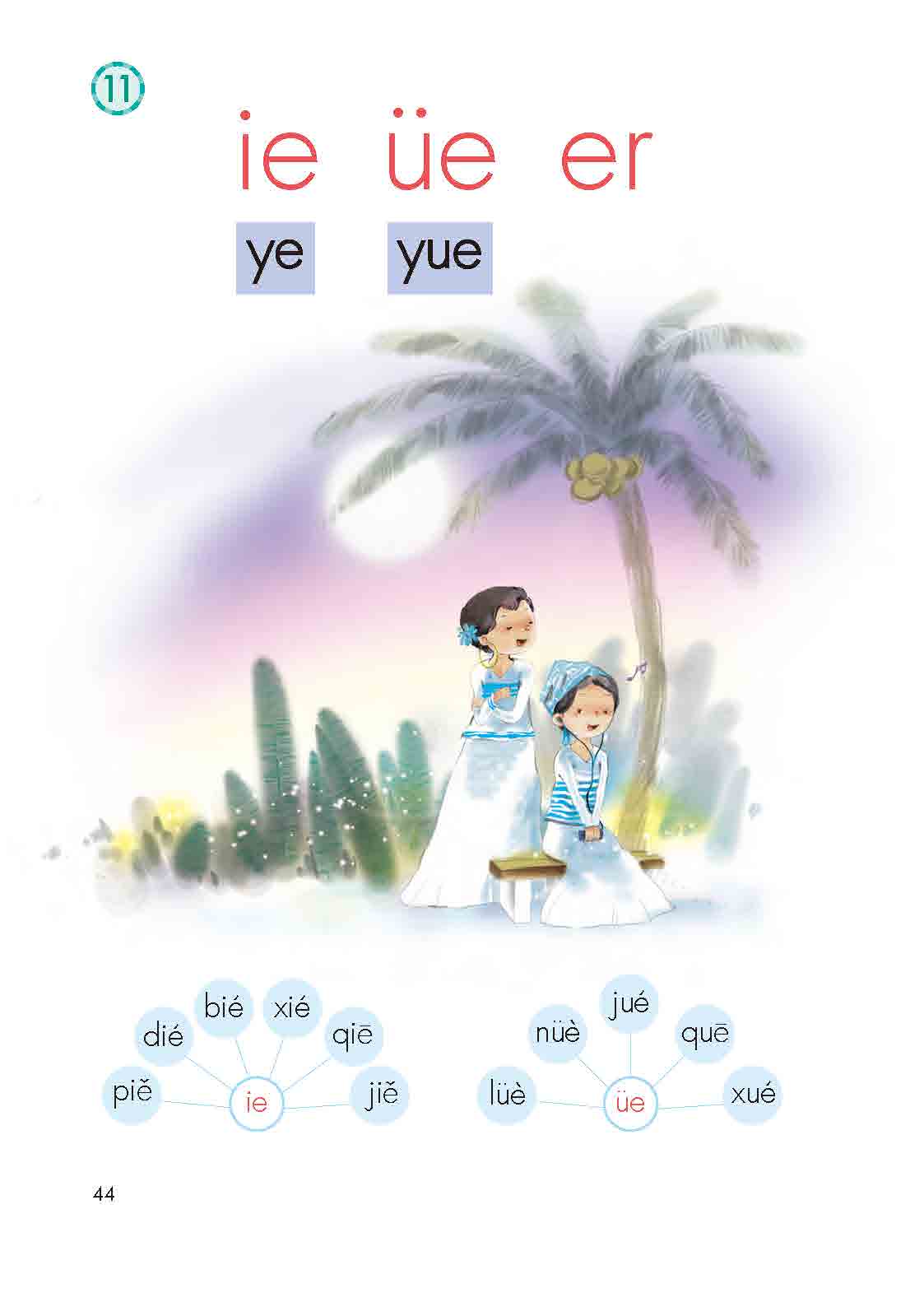The Pinyin System: A Guide to Pronouncing Mandarin Chinese
Pinyin, literally meaning “spelled sounds,” is the official romanization system for Standard Mandarin Chinese. It uses the Latin alphabet to represent the pronunciation of Chinese characters, making it a vital tool for learners of Mandarin. Let’s delve into the key components of the Pinyin system:
1. Initials (声母 shēngmǔ): The Building Blocks of Sound
Initials, also known as consonants, are sounds produced by obstructing airflow in the vocal tract. They always precede the final (vowel) in a syllable. There are 23 initials in Pinyin:
Bilabial: b, p, m (formed with both lips)
Labiodental: f (formed with lips and teeth)
Alveolar: z, c, s (tongue tip touches the alveolar ridge)
Retroflex: zh, ch, sh, r (tongue tip curls back)
Palatal: j, q, x (tongue body touches the hard palate)
Velar: g, k, h (back of the tongue touches the soft palate)
2. Finals (韵母 yùnmǔ): Completing the Syllable
Finals, consisting of vowels and sometimes ending consonants, follow the initial in a syllable. Pinyin has 24 finals, categorized as follows:
Simple finals: a, o, e, i, u, ü (single vowel sounds)
Compound finals: ai, ei, ui, ao, ou, iu, ie, üe (combination of two vowels)
Special final: er (a unique sound)
Nasal finals:
Front nasal finals: an, en, in, un, ün (ending with n/ng sound)
Back nasal finals: ang, eng, ing, ong (ending with ng sound)
3. Syllabic Nasals: Sounds on Their Own
Certain combinations of initials and finals form syllables that function as both initial and final. These are the 16 “syllabic nasals” and are directly read without needing to be spelled out:
zhi, chi, shi, ri, zi, ci, si: pronounced with the tongue tip behind the lower front teeth.
yi, wu, yu, ye, yue, yin, yun, yuan, ying: pronounced with the tongue body raised towards the hard palate.
4. Tones: The Music of Mandarin
Mandarin is a tonal language, meaning the pitch of your voice alters the meaning of a word. Pinyin uses four diacritic marks over the main vowel of a syllable to indicate the tone:
¯ (mā): High level tone
ˊ (má): Rising tone
ˇ (mǎ): Falling-rising tone
ˋ (mà): Falling tone
(ma): Neutral tone (unmarked)
5. The Apostrophe: Keeping Sounds Separate
The apostrophe (‘) is used between syllables starting with a, o, or e when ambiguity might arise. For example, pi’ao (皮袄) clarifies the separation between the two syllables.
By understanding these key elements of the Pinyin system, you unlock the door to accurate pronunciation and effective communication in Mandarin Chinese. Remember, practice makes perfect, so keep listening, speaking, and refining your Pinyin skills!





暂无评论,你要说点什么吗?